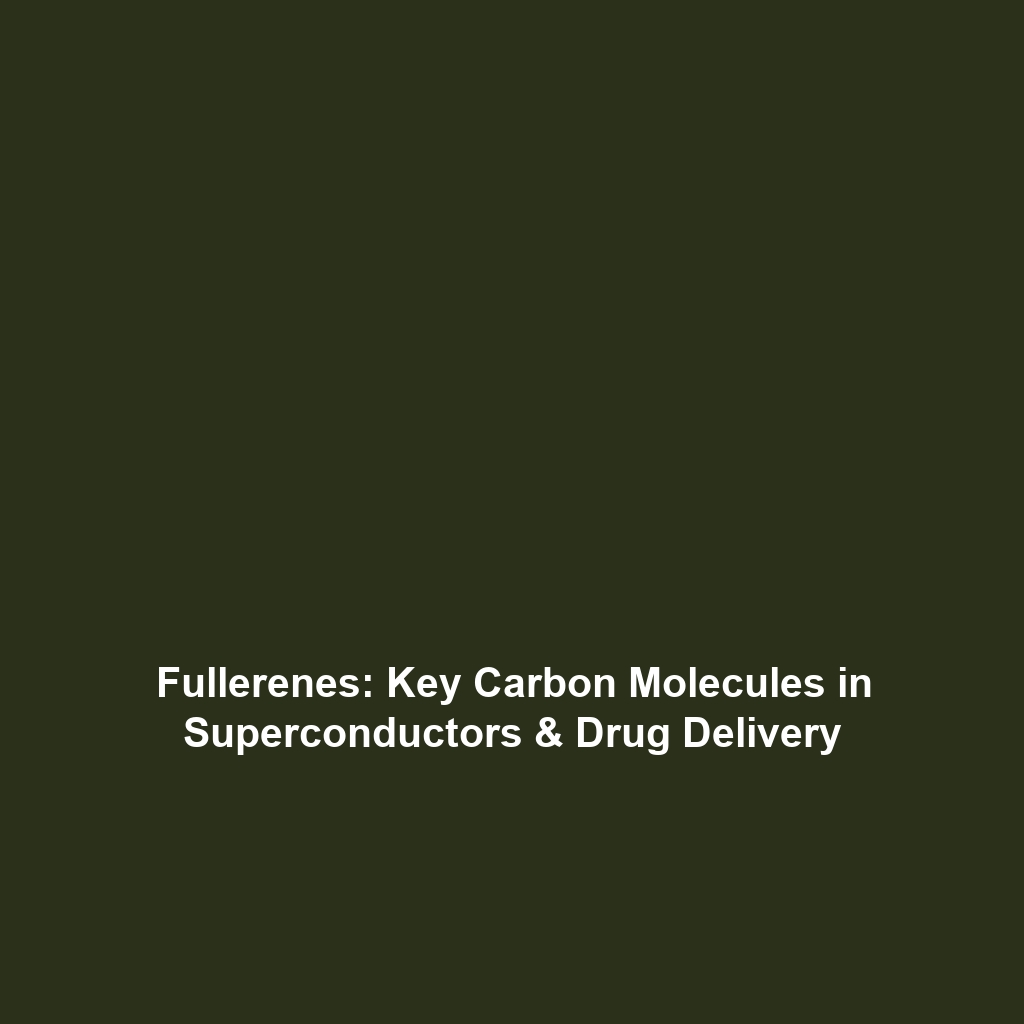Efficiency Improvements in Fusion Energy
Introduction
As the world seeks sustainable and clean energy sources, fusion energy emerges as a frontrunner due to its potential for delivering abundant power with minimal environmental impact. Key to realizing this potential are efficiency improvements in ongoing research aimed at optimizing plasma confinement, enhancing fuel efficiency, and developing advanced materials for reactor components. This article delves into these critical areas, elucidating their significance both within the realm of fusion energy and for global energy sustainability.
Key Concepts
Understanding the core principles behind efficiency improvements in fusion energy involves several crucial concepts:
Plasma Confinement
Plasma confinement is the technique utilized to keep the plasma — a hot, ionized gas — stable and contained for efficient fusion reactions to occur. Different methods exist, including magnetic confinement (as used in tokamaks) and inertial confinement.
Fuel Efficiency
Enhancing fuel efficiency refers to optimizing the use of fusion fuel such as deuterium and tritium to maximize energy output while minimizing waste. Innovations in reactor design aim to achieve this through advanced breeding processes.
Material Advancement
Developing better materials for reactor components is imperative to withstand extreme conditions of temperature and radiation in fusion environments. Researchers explore the use of ceramics and advanced alloys to enhance durability and performance.
Applications and Real-World Uses
The real-world applications of efficiency improvements in fusion energy are vast and transformative. Key examples include:
- Next-Generation Reactors: Research into optimized plasma confinement and fuel efficiency informs the design of future experimental reactors like ITER (International Thermonuclear Experimental Reactor).
- Energy Production: Enhanced reactor components help improve the overall efficiency of energy extracted from fusion processes, crucial for commercial viability.
- Power Grids: Advanced materials ensure the safe operation of fusion reactors, which could eventually replace fossil fuels in national power grids.
Current Challenges
Despite promising advancements, several challenges impede efficiency improvements in fusion energy:
- Technical Complexity: Optimizing plasma confinement requires intricate understanding and control of magnetic fields.
- Material Limitations: Currently available materials struggle to endure the extreme environments present in fusion reactors.
- Funding and Support: Sustaining funding for long-term research projects remains a hurdle, influencing the pace of technological innovations.
Future Research and Innovations
The future of efficiency improvements in fusion energy is bright, with several innovative research avenues being explored:
- Advanced Computation Models: AI and machine learning are being harnessed to optimize fusion reactor designs and improve operational efficiencies.
- Novel Materials: The pursuit of superconductors and nanostructured materials shows promise for enhancing performance in high-stress environments.
- International Collaborations: Global partnerships seek to share knowledge and resources, accelerating breakthroughs in fusion research.
Conclusion
Efficiency improvements in plasma confinement, fuel utilization, and materials for fusion energy reactors are paramount for advancing the feasibility of fusion as a sustainable energy source. As research progresses, it holds immense promise for revolutionizing global energy production. Stay informed about breakthroughs in fusion energy and consider joining community initiatives aimed at supporting this vital research. For further reading, explore our articles on future innovations and global collaborations in the field of fusion energy.

